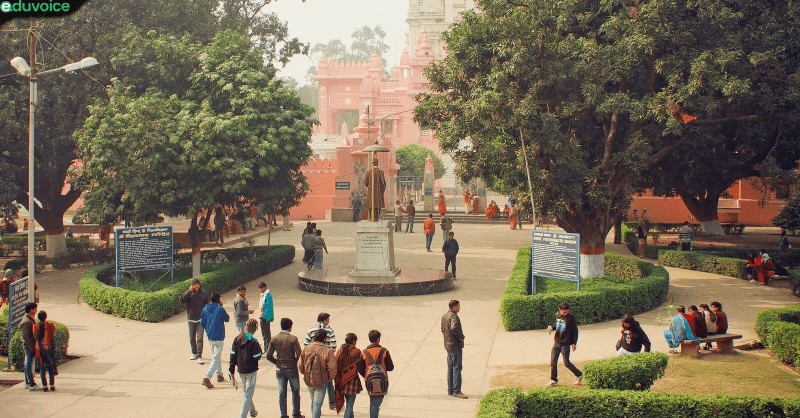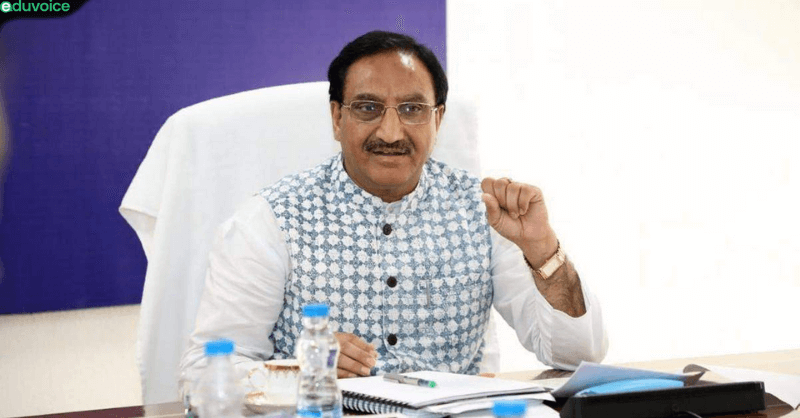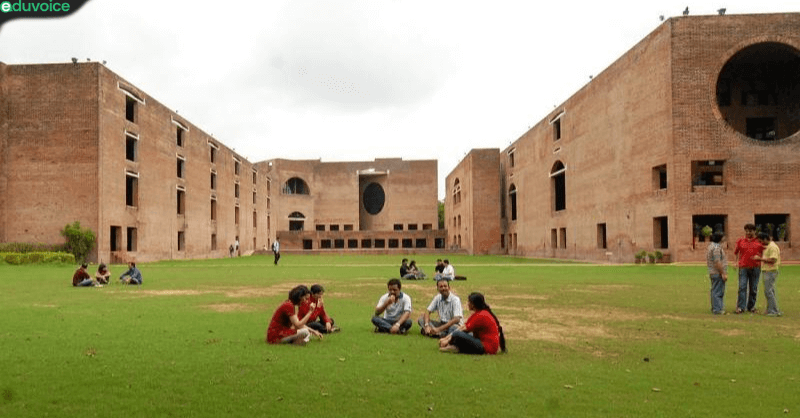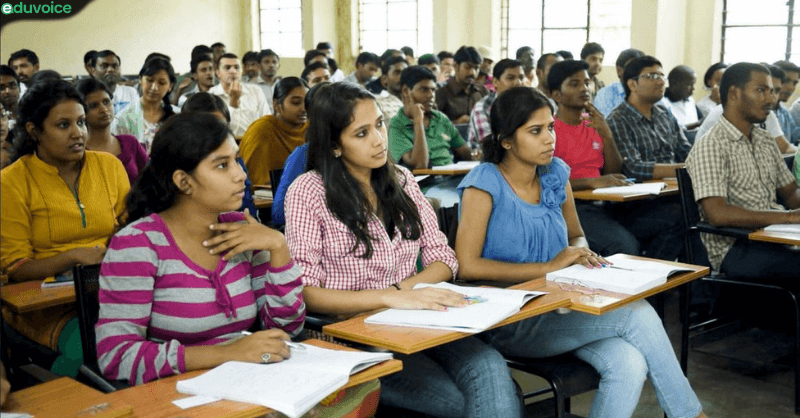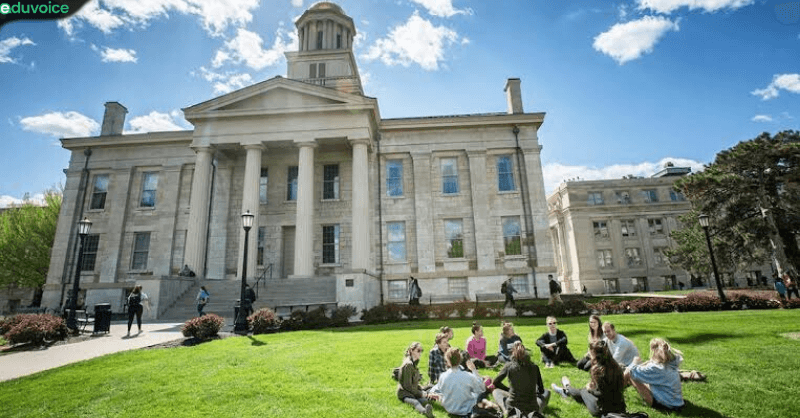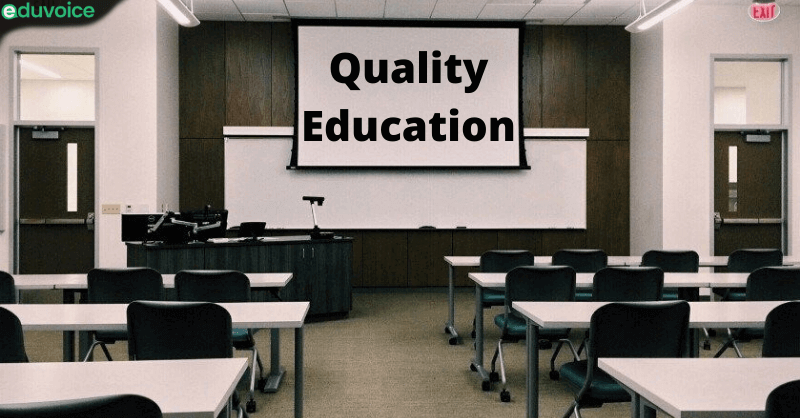It is time to applaud the governance for accepting the ground realities of inequitable access to online education and evolving a road map to negotiate this digital divide in the country. Kudos for envisaging a huge investment of Rs. 60K crores for providing nearly 40% of the total students in higher education institutions (HEIs) with […]
Category Archives: Funding
The Association of Management of Aided Polytechnic Colleges has written to Prime Minister Narendra Modi, looking for budgetary help. Referring to the COVID-19 pandemic, the association’s individuals looked for delicate credits for students to assist them with paying expenses and purchase PCs, and intrigue free advances for establishments to assist them with paying compensations. They […]
The Human Resource Development Ministry on Monday said it needs Rs.10.37 trillion for both for the higher education and school education parts and gave a nitty-gritty necessity projection to the fifteenth Finance Commission which is going by N.K. Singh. During a gathering between the fifteenth Finance Commission, and the HRD ministry on Monday, while the […]
Indian Institute of Management in Ahmedabad (IIM-A) on Tuesday propelled an endowment fund, with an underlying commitment of ₹100 crores by its alumni. The fund intends to raise ₹1,000 crores throughout the following five years and is a first of its sort by an IIM. Ten alumni founders, including Sandeep Singhal, co-founder, WestBridge Capital; Sanjeev […]
The HRD Minister, Dr. Ramesh Pokhariyal has educated that the colleges and universities regarding India would see an improvement in their infrastructure now that Higher Education Financial Agency, HEFA has endorsed 29 thousand crore rupees for financing infrastructure of the Indian educational organizations. A year ago the body chose to subsidize up to 1 lakh […]
The University of Iowa one year from now would get a somewhat greater knock by and large education. financing than Iowa State University and the University of Northern Iowa if officials cling to Gov. Kim Reynolds’ new financing proposals for the fiscal 2021 spending plan. Reynolds on Tuesday suggested a 3 percent expansion when all […]
Goa Governor Satya Pal Malik on Wednesday said that India has five Nobel laureates, stating that six of the 12 Indians who have won the award is a “foreigner.” One award winner was ‘Mother Teresa.’ Speaking at a function organized by the National Institute of Oceanography in Panaji, Malik said inadequate government spending on could […]


